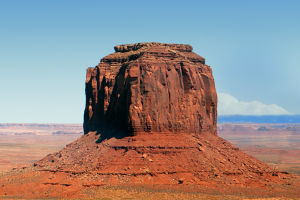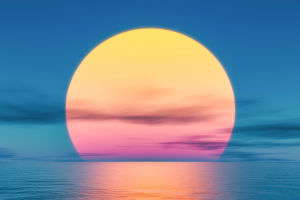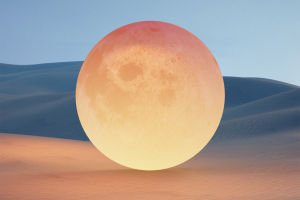The Moving Moon
Have you ever noticed that the Moon doesn't rise or set at the same spot daily? This phenomenon can seem mysterious, but it's all about the celestial dance between the Earth, Moon, and Sun.
Do you know that the Earth's axis is tilted by about 23.5 degrees relative to its orbit around the Sun? Additionally, the Moon's orbit is tilted by about 5.1 degrees relative to the Earth's orbital plane.
This combination of tilts means the Moon's path across our sky constantly shifts! Let's break it down further into simple terms.
The Moon's Orbit and the Earth's Tilt
The primary reason for the changing positions of moonrise and moonset lies in the Moon's orbit around the Earth and the Earth's tilt. The Moon orbits the Earth approximately every 27.3 days, but because the Earth is also moving around the Sun, it takes about 29.5 days for the Moon to return to the same phase, a period known as a lunar month.
Daily Changes
Every day, the Moon rises and sets about 50 minutes later than the previous day. This happens because the Moon moves about 12-13 degrees eastward in the sky each day due to its orbit around the Earth. As the Earth rotates, it takes a bit longer each day to bring the Moon into view, resulting in the later moonrise and moonset times.
Monthly Variations
Over a lunar month, the Moon's rise and set positions can shift by as much as 57 degrees along the horizon. This is because of the combined effect of the Earth's axial tilt and the Moon's orbital tilt. As the Moon travels through its orbit, these angles cause its rising and setting points to drift northward and southward along the horizon.
Phases and Visibility
The phase of the Moon also plays a role in when and where it rises and sets. For instance, during a full moon, the Moon rises roughly at sunset and sets at sunrise because it is directly opposite the Sun. Conversely, during a new moon, the Moon rises and sets with the Sun and is typically not visible because it is too close to the Sun in the sky. In between these phases, the Moon's rise and set times gradually shift. For example, a first-quarter moon rises around noon and sets around midnight, while a last-quarter moon rises around midnight and sets around noon!
Atmospheric Effects
When the Moon is near the horizon, it can appear larger and more colorful; this is due to the atmospheric distortion and scattering of light, making the Moon look bigger and often giving it a reddish or yellowish hue.
Understanding these dynamics can make moon-watching even more fascinating. Next time you go to stargazing you will have something cool to impress your friends with!


